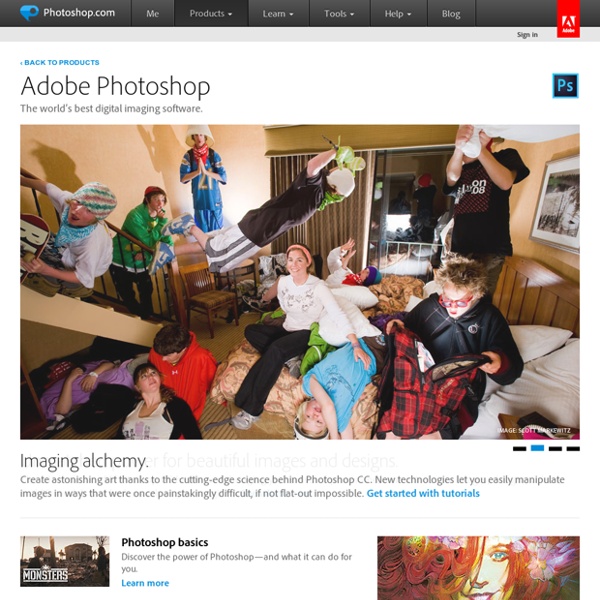How to Draw Cathedrals"
This grand cathedral is a stunning sight. You will love learning to draw this cathedral if you are a fan of history or architecture -- or if you’re looking for a drawing challenge. In this section, we'll show you how to draw this cathedral. You can draw it freehand while looking at your computer monitor, or you can print out this page to get a closer look at each step. Here, we'll show you an illustration of each step and then give you a description of how to draw it. Step 1: Draw three connected rectangles, with the center one being larger than the others. Extend these vertical lines past the tops of the rectangles. Step 2: Divide each triangle into fourths with straight lines starting at the peak. Step 3: Add columns with single, double, and triple vertical lines. Step 4: On the left-hand side of the cathedral, draw double arches. On the right-hand side of the cathedral, draw one double arch and two sets of arches with odd-shaped tops. Your drawing is finished!
Lines, lines, lines
Project Britzpetermann Identity Experiments Client Personal We love searching for the right lines, lines, lines,… During our identity process, we created a visual for Britzpetermann. The goal was to express how basic forms emerge to new structures. During the process we were influenced by the art of Alexander Jokisch. He decomposes known form and recomposes them by using mostly straight and parallel lines. Lines experiments We initally tested three approaches simulatneously to create new structures. We liked the results, but the output seemed a little too antiquated due to the emgering net structures. Second approach was to use attractors to steer the creation of lines. Third and final approach was to define blocks of parallel lines and composing them. We extended the basic form to a more curved line pattern by modifying the direction of the lines within a pattern block. Final step was to dig deeper into how a pen draws on paper. Links
Gumowski-Mira Patterns
Published on 25 September 2008 Its nonlinear nature creates a wide variety of organic looking images ranging from galaxies to feathers and marine-like creatures to the cross-section of fruit. Horizontal drag changes µ. Vertical drag changes the zoom.Fine tune with the arrow keys. Render more iterations by pressing space.The α value is tweaked by shift + vertical drag. Download AS3 source code
Generative Art
“… no one, not even Benoit Mandelbrot himself [...] had any real preconception of the set’s extraordinary richness. The Mandelbrot set was certainly no invention of any human mind. The set is just objectively there in the mathematics itself. If it has meaning to assign an actual existence to the Mandelbrot set, then that existence is not within our mind, for no one can fully comprehend the set’s endless variety and unlimited complication.”Roger Penrose (from The Road to Reality) The recent proliferation of 3D fractals, in particular the Mandelbox and Mandelbulb, got me thinking about the reality of these systems. I started out by citing Roger Penrose. In Penrose’s model, there are three distinct worlds: the physical world, the mental world (our perception of the physical world), and the cryptic Platonic world. Designer World by David Makin Roger Penrose is a highly renowned mathematician and physicist, and I value his opinions and works highly. Teeth by Jesse
Generative Art Links
Some links to Generative Art, Math & Fractals, and other creative ways of creating computional imagery. The list is not meant to be exhaustive: rather, it is a list of my favorite links. Generative Art Software General-Purpose Software Processing is probably the most used platform for Generative Art. Nodebox – A Python based alternative to Processing. vvvv is “a toolkit for real time video synthesis”. PureData a “real-time graphical dataflow programming environment for audio, video, and graphical processing.” Specific Systems Context Free Art – uses Context Free Design Grammars to generate 2D images. Structure Synth – my own attempt to extend Context Free Art into three dimensions. TopMod3D – “is a free, open source, portable, platform independent topological mesh modeling system that allows users to create high genus 2-manifold meshes”. Ready. K3DSurf – 3D surface generator (for a nice example check out this one by Schmiegl). Fractals and Math Art Software Fragmentarium. GLSL Sandbox by Mr.
Algorithm Ink | Aza Raskin
What is Algorithm Ink? How to use? Read the Context Free documentation, or just browse some of the other pieces of art and look at their source code. Not everything from Context Free is supported—like comments, z-depth, and *—but some new things are available, like MOUSECLICK, and MOUSEMOVE. Here's an example to get you started: startshape twoshapes rule twoshapes{ CIRCLE{s .5} SQUARE{x 1} twoshapes{y .2 s .5 b .1} } This draws a circle of scale 1/2 at the origin and square one space to the right. Get The Source & Help Out You can download contextfree.js and go wild.
Algorithm Ink | Aza Raskin
What is Algorithm Ink? How to use? Read the Context Free documentation, or just browse some of the other pieces of art and look at their source code. Not everything from Context Free is supported—like comments, z-depth, and *—but some new things are available, like MOUSECLICK, and MOUSEMOVE. Here's an example to get you started: startshape twoshapes rule twoshapes{ CIRCLE{s .5} SQUARE{x 1} twoshapes{y .2 s .5 b .1} } This draws a circle of scale 1/2 at the origin and square one space to the right. Get The Source & Help Out You can download contextfree.js and go wild.



